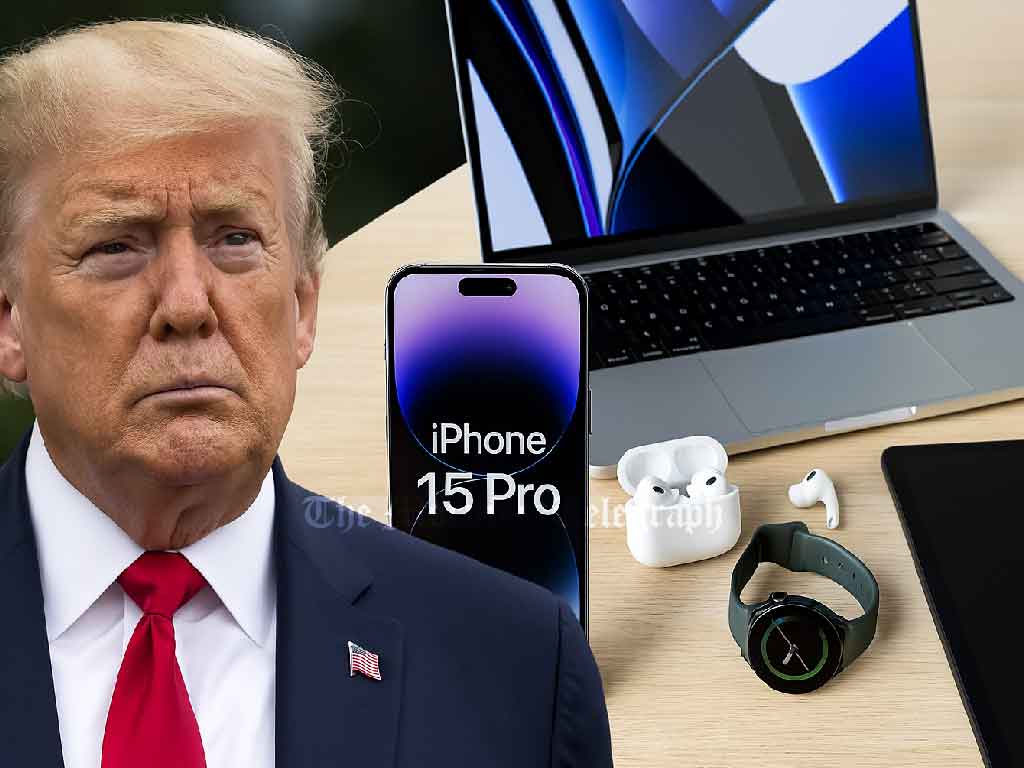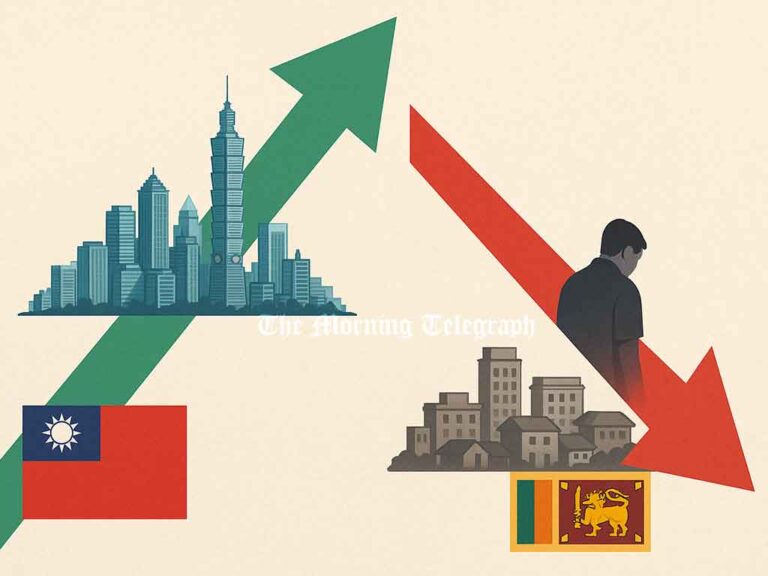
In a move that has startled markets and sparked debate across global tech circles, the Trump administration has taken an unexpected turn on its aggressive tariff strategy—at least temporarily. With the stroke of a pen, U.S. President Donald Trump has exempted smartphones, computers, and a host of other electronic devices from the hefty 125% tariffs placed on Chinese imports and the 10% global levy that loomed over the industry. But while it may feel like a reprieve, the question remains: is this a concession—or a calculated maneuver?
The U.S. Customs and Border Protection quietly announced the exemptions, marking the first significant rollback since Trump’s trade war with China began. For many, this shift signals a possible softening of the administration’s hardline stance, especially with the November election season approaching. Onboard Air Force One, en route to Miami, Trump hinted at greater clarity coming soon. “We’ll be specific,” he said. “But it saves us a lot. As a country, we save a lot of money domestically.”
At the heart of this decision lies growing pressure from U.S.-based technology firms. Companies like Apple, Microsoft, and Nvidia had warned that their products—most of which are assembled or fully manufactured in China—would become unaffordable under the new tariffs. The exemptions, valid until April 5, now cover semiconductors, memory cards, solar cells, and other vital tech components.
Analysts were quick to interpret the move as a strategic pause. Dan Ives, global tech analyst at Wedbush Securities, called the decision “a turning point.” He noted that exempting smartphones and chips from the tariffs opened a new window of opportunity for the tech sector, which had been bracing for impact. “Big Tech can breathe again,” he said.
Apple, in particular, has found itself in the crosshairs. With nearly 80% of its iPhones sold in the U.S. being produced in China, the proposed tariffs threatened to upend pricing strategies. Although the company has been moving parts of its production to India and Vietnam in recent years, that process is neither simple nor immediate. According to Reuters, Apple recently used cargo planes to fly over 600 tons of iPhones from India to the United States—an unprecedented move aimed at mitigating risk.
The White House, meanwhile, has defended the exemptions as a stop-gap measure to give companies time to relocate production. “The President has made it clear—America cannot rely on China for manufacturing critical technologies,” said White House Press Secretary Caroline Levy. “Under his direction, firms are moving fast to establish domestic manufacturing capabilities.”
But not all restrictions are off the table. A 20% tariff still remains on some electronics due to the ongoing fentanyl dispute with China. And even as exemptions kick in, the broader trade policy remains intact. Deputy Chief of Staff Stephen Miller reaffirmed that national security continues to drive tariff decisions, writing on X (formerly Twitter) that the administration would not hesitate to reinstate duties if necessary.
Behind this move lies a deeper concern—consumer behavior. Fearing a sudden surge in tech prices, many Americans rushed to stores. Outside an Apple store in New York, buyers admitted they were making panic purchases. “I didn’t even want a phone, but I’m not paying double,” said Anthony Cacioppo, a 53-year-old DJ and technician. Others, like financial editor Julia Bowman, confessed to speeding up their MacBook purchases in anticipation of cost increases.
Still, the long-term implications are murky. Analysts estimate that if tariffs had been enforced as planned, the price of an iPhone 16 Pro Max could have soared from $1,199 to $1,999. A fully “Made in the USA” version? Potentially upwards of $3,500. Such a shift would not only shake consumer loyalty, but it could also drive customers to seek alternatives—from refurbished models to more affordable Android-based options.
Apple, of course, has more room to maneuver than most. With high margins and a fiercely loyal customer base, it may be able to absorb costs in the short term. But even Apple isn’t immune to global supply chain pressures. Moving production out of Asia would cost billions and take years. Wedbush estimates it could take up to $30 billion and three years just to relocate 10% of the supply chain.
The question now isn’t just whether prices will rise—but whether this exemption is a one-time gesture or the beginning of a broader policy shift. The administration continues to push its America First manufacturing agenda, encouraging firms to bring operations home. But the complexities of global tech production don’t yield to rhetoric overnight.
So, what’s next? The iPhone’s fate, and by extension much of the consumer tech market, hangs in the balance. Trump has promised clarity, but clarity doesn’t always equal certainty. And in this case, the ink may have dried on the exemption, but the story is far from over.




